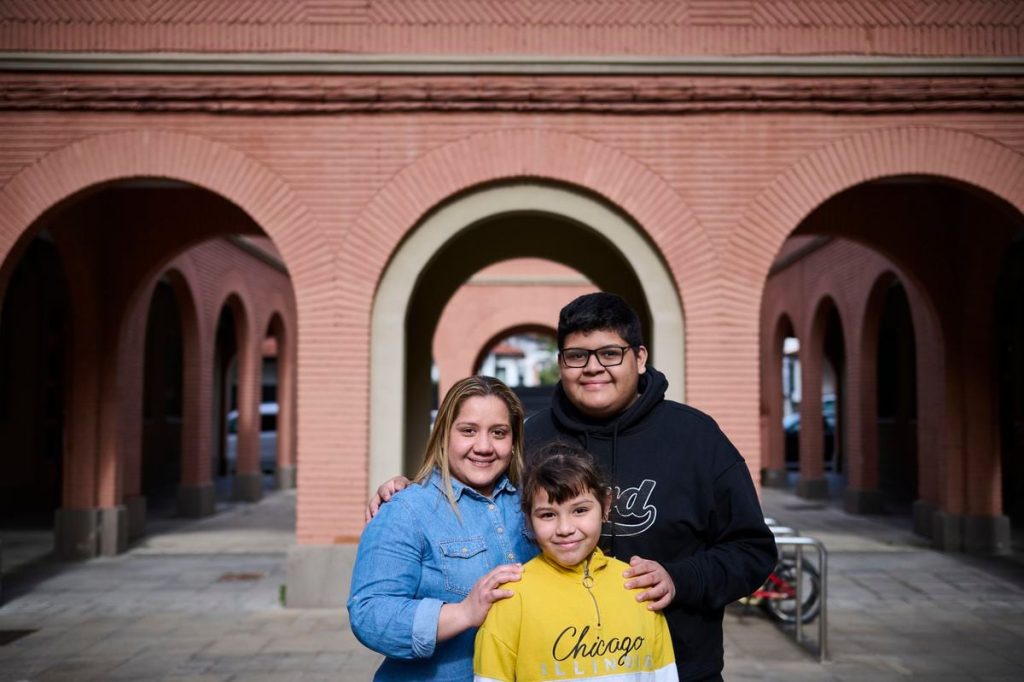When Elena’s mother left Honduras, she said goodbye to her six-year-old daughter by buying her an ice cream. She moved alone to Spain with nothing to find a job and a home to provide her daughter with a more hopeful future. After six years, in 2022, she succeeded. When they reunited at the airport, Elena couldn’t bring herself to approach her mother, feeling paralyzed while her grandmother, who had taken care of her all those years, encouraged her to hug her. Elena, now 13 years old, honestly admits, “I was unable to, I had stopped seeing her as my mother.”
In 2023, the Ministry of Foreign Affairs issued 41,000 family reunification visas. The process typically involves a woman emigrating first and taking an average of six years to bring her family, usually her children, as the children’s fathers often disappear during this process. The children are usually left in the care of their maternal grandmothers in their home country. The lengthy process results in children being reunited with their parents as adolescents, missing out on crucial years of bonding. Elena shares how it took time for her and her mother to rebuild their relationship and learn to communicate and relate to each other.
SEI, an association in Pamplona, has a unique program in Spain dedicated to reuniting parents and children who have been separated by migration, helping them navigate the emotional process known as migratory grief. Families are able to put into words the challenges they face in reestablishing relationships and feeling like a family again after years of separation. The program seeks to help families heal and move forward by addressing the fractures that have occurred due to migration.
The emotional toll on both mothers who have built a life in a foreign country and their children who have been left behind is significant. Narda, a 50-year-old woman from Bolivia, struggled with her son’s rejection after finally being able to bring him to Pamplona after 6 years apart. Despite the hardships she faced in Spain, including discriminatory treatment by some employers, Narda persevered in maintaining a connection with her son, slowly rebuilding trust and authority in their relationship.
The program not only facilitates the reunification of families but also helps families adjust to the new dynamics and responsibilities that come with living together again. Women like Ana Gabriela, who was able to bring her children from Honduras to Pamplona after years of separation, share the challenges of readjusting to motherhood and establishing new routines. The support provided by organizations like SEI helps mothers like Ana Gabriela navigate the complexities of reuniting with their children and rebuilding their relationships.
While the emotional connection between mothers and children may resurface during the reunification process, the day-to-day challenges of adjusting to life together again require effort and understanding from both sides. Adolescents like Neilyn, who struggled with the transition to Spain after reuniting with her mother, express the complexities of navigating their emotions and relationships in this new chapter of their lives. Through support from programs like SEI, families can work through past grievances and conflicts to build stronger bonds and create a sense of unity once again.


